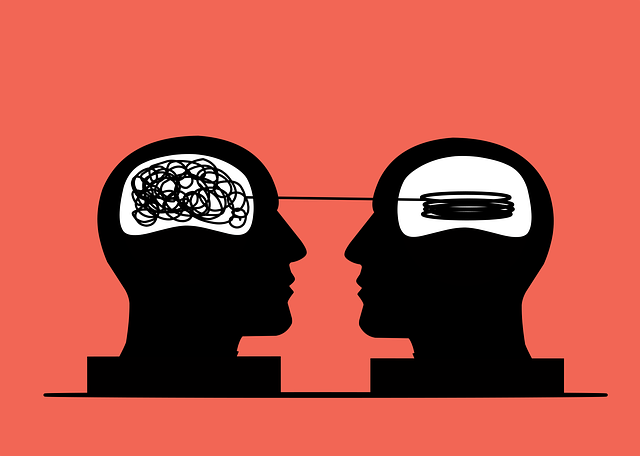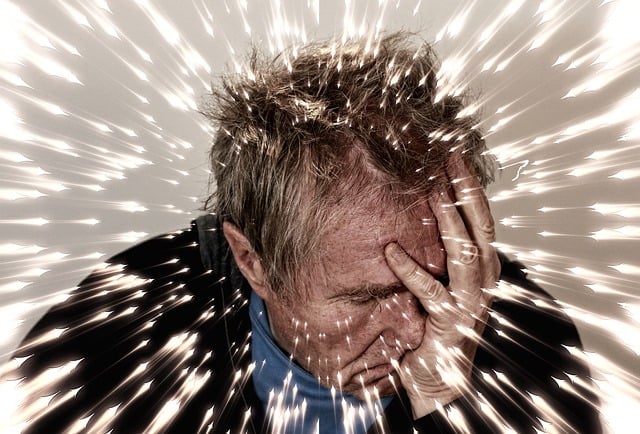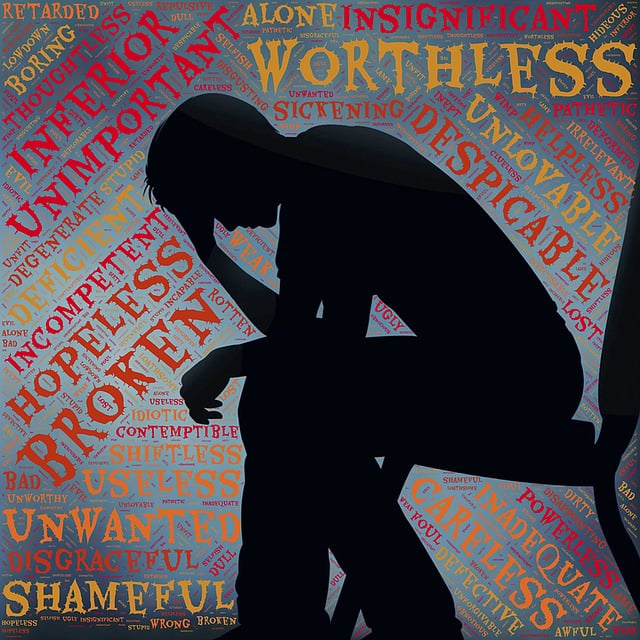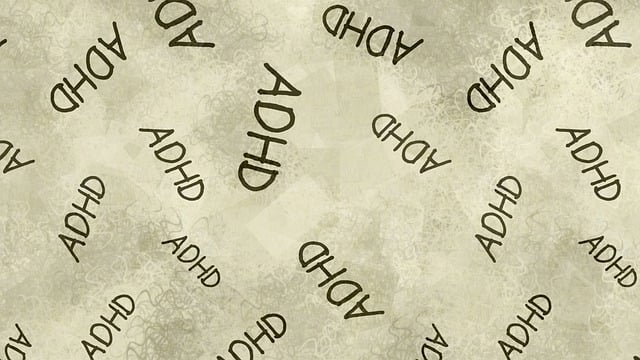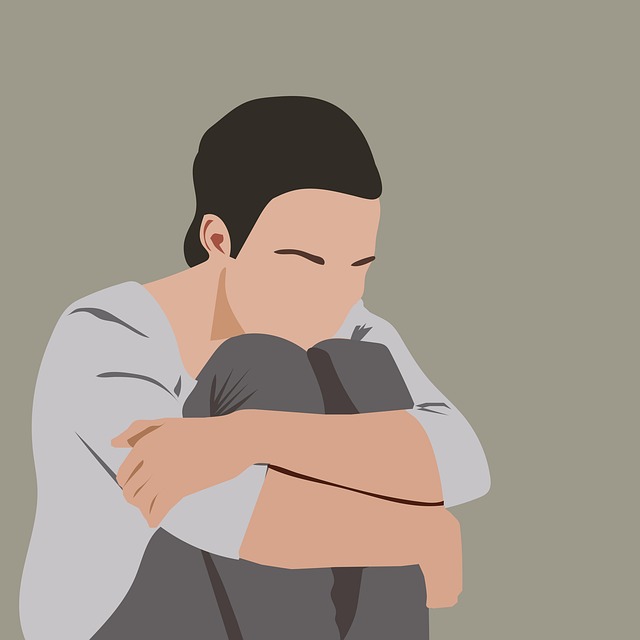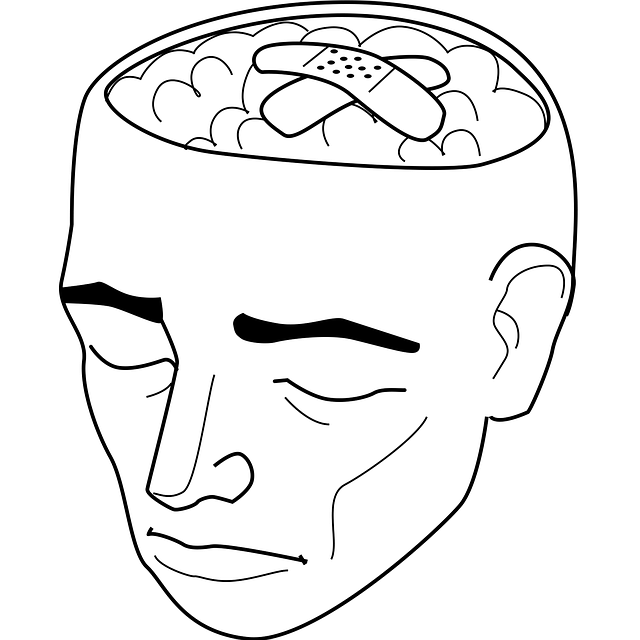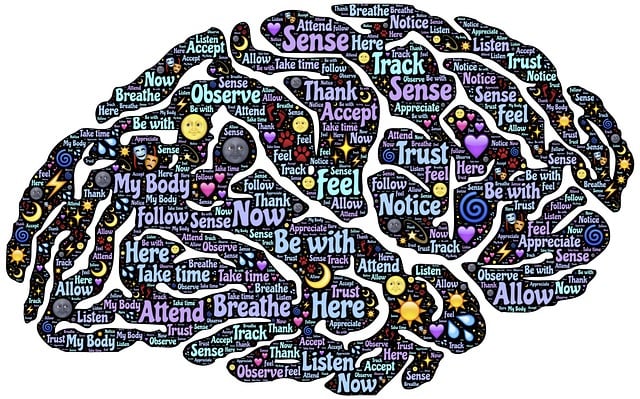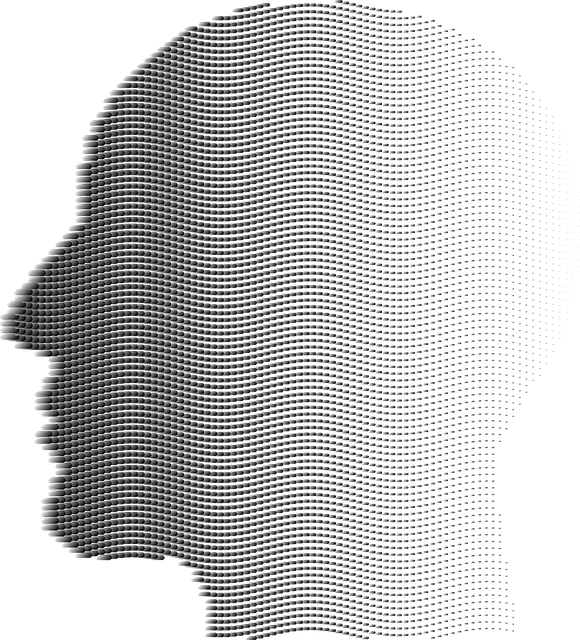Mood regulation is a key aspect of adolescent development, especially with challenges like social pressures, academic demands, and hormonal changes. Early intervention through targeted therapy, particularly for Post-Traumatic Stress Disorder (PTSD), equips teens with compassion cultivation practices to manage moods effectively. Mental health programs teach emotion recognition and expression, fostering resilience. PTSD in teens often presents as flashbacks, nightmares, and avoidance behaviors, impacting daily life and mental well-being. Traditional therapies like Cognitive Behavioral Therapy (CBT) and Eye Movement Desensitization and Reprocessing (EMDR) help process trauma memories. Alternative therapies such as art, music, and animal-assisted therapy offer nonverbal communication channels and connect teens with nature. Building emotional resilience through structured journaling and community programs enhances well-being and provides tools to cope with stress and lead fulfilling lives, addressing unique PTSD needs.
Mood regulation is a vital aspect of adolescent development, with strategies that can significantly impact teenage well-being. This article explores various approaches to managing moods, focusing on the unique challenges faced by teens. We delve into the intricacies of understanding and addressing Post-Traumatic Stress Disorder (PTSD) in adolescents, discussing its effects and effective therapy options like Cognitive Behavioral Therapy (CBT). Additionally, alternative treatments and building resilience are highlighted for a holistic approach to emotional health in this demographic.
- Understanding Mood Regulation for Adolescent Teens
- The Impact of Post-Traumatic Stress Disorder on Teenagers
- Cognitive Behavioral Therapy: A Common Approach
- Alternative Therapies and Their Benefits
- Building Resilience in Teenager's Emotional Well-being
Understanding Mood Regulation for Adolescent Teens

Understanding Mood Regulation for Adolescent Teens is a critical aspect of their development and well-being. This age group often faces unique challenges, including navigating social pressures, academic demands, and emotional maturity. Teenagers are susceptible to rapid mood swings due to hormonal changes and increased independence. Thus, it’s essential to equip them with effective mood management tools early on.
Therapy for Adolescent Teens suffering from conditions like Post-Traumatic Stress Disorder (PTSD) plays a pivotal role in teaching them compassion cultivation practices. Mental health awareness programs can help teens recognize and express their emotions healthily, fostering resilience. By integrating these strategies into their lives, adolescents gain better control over their moods, enhancing their overall mental health and quality of life.
The Impact of Post-Traumatic Stress Disorder on Teenagers

Post-Traumatic Stress Disorder (PTSD) is a significant challenge that many teenagers face, often as a result of traumatic experiences. This mental health condition can have profound effects on adolescent development, impacting their emotional and behavioral well-being. Teenagers suffering from PTSD may exhibit symptoms such as flashbacks, nightmares, intense fear or anxiety, and avoidance behaviors. These symptoms can disrupt their daily lives, affecting academic performance, social interactions, and overall quality of life.
The impact of PTSD on teens is complex, often leading to feelings of isolation, low self-esteem, and difficulty in trusting others. Traditional therapy for adolescent teens with PTSD may include cognitive-behavioral therapy (CBT) or eye movement desensitization and reprocessing (EMDR), which help them process traumatic memories and develop coping strategies. Additionally, empathy-building strategies and confidence-boosting activities can play a crucial role in their recovery journey. Burnout prevention techniques are also essential to ensure teens with PTSD don’t reach a point of overwhelming stress and exhaustion.
Cognitive Behavioral Therapy: A Common Approach

Cognitive Behavioral Therapy (CBT) is a well-established and common approach to mood regulation, particularly for adolescents experiencing anxiety and depression. This form of therapy focuses on identifying and changing negative thought patterns and behaviors that contribute to emotional distress. By teaching teens cognitive restructuring techniques, they learn to challenge and reframe unhelpful thoughts, thus improving their overall mood and mental health. CBT also incorporates mindfulness and empathy-building strategies, empowering young individuals to manage their emotions effectively.
For those struggling with post-traumatic stress disorder (PTSD), CBT can be highly effective in processing traumatic memories and developing coping mechanisms. Through exposure therapy, teens can learn to confront and overcome the intense emotional responses associated with trauma, leading to better mood management. By combining these evidence-based strategies with the core principles of mind over matter, CBT offers a comprehensive toolkit for adolescent teens seeking to navigate and regulate their emotions in a healthy way.
Alternative Therapies and Their Benefits

Alternative therapies offer a promising avenue for teens struggling with post-traumatic stress disorder (PTSD). Beyond conventional treatments like medication and therapy, approaches such as art therapy, music therapy, and animal-assisted therapy provide unique and often underutilized benefits. These methods tap into creative expression, nonverbal communication, and the therapeutic power of nature, making them particularly appealing to adolescents who may resist traditional talk therapies.
Cultural sensitivity in mental healthcare practice plays a crucial role in the effectiveness of these alternative treatments. By incorporating approaches that resonate with a teen’s cultural background, healthcare providers can foster trust and connection. For example, mindfulness practices rooted in Eastern traditions or narrative therapy drawing from indigenous storytelling techniques might be more accessible and effective for some individuals compared to Western-centric therapies. Integrating these diverse methods into mood management strategies can enhance overall mental health outcomes, particularly when combined with evidence-based practices like social skills training.
Building Resilience in Teenager's Emotional Well-being

Building resilience is a key aspect of enhancing emotional well-being in teenagers, especially those who have experienced post-traumatic stress disorder (PTSD). Therapy for adolescent teens plays a pivotal role in this process, offering specialized guidance to help them navigate their emotions effectively. Through structured mental wellness journaling exercises, teens learn to identify and express their feelings, fostering self-awareness and emotional regulation skills. This proactive approach not only aids in managing symptoms of PTSD but also promotes overall mental health.
Community outreach program implementations and mental illness stigma reduction efforts further contribute to creating a supportive environment for teens to open up about their struggles. By combining therapy with these initiatives, teenagers gain the tools to cope with stress, build resilience, and lead more fulfilling lives. This holistic approach ensures that they receive the necessary support and care tailored to their unique needs.
Mood regulation is a crucial aspect of adolescent development, particularly for teens dealing with post-traumatic stress disorder (PTSD). By understanding the impact of PTSD on young minds and employing evidence-based strategies such as Cognitive Behavioral Therapy and alternative therapies, we can significantly enhance the emotional well-being of teenager. Building resilience through these approaches offers a promising path toward navigating life’s challenges and fostering a healthier future for our adolescents. For those seeking therapy for adolescent teens with PTSD, exploring these options can be transformative.

